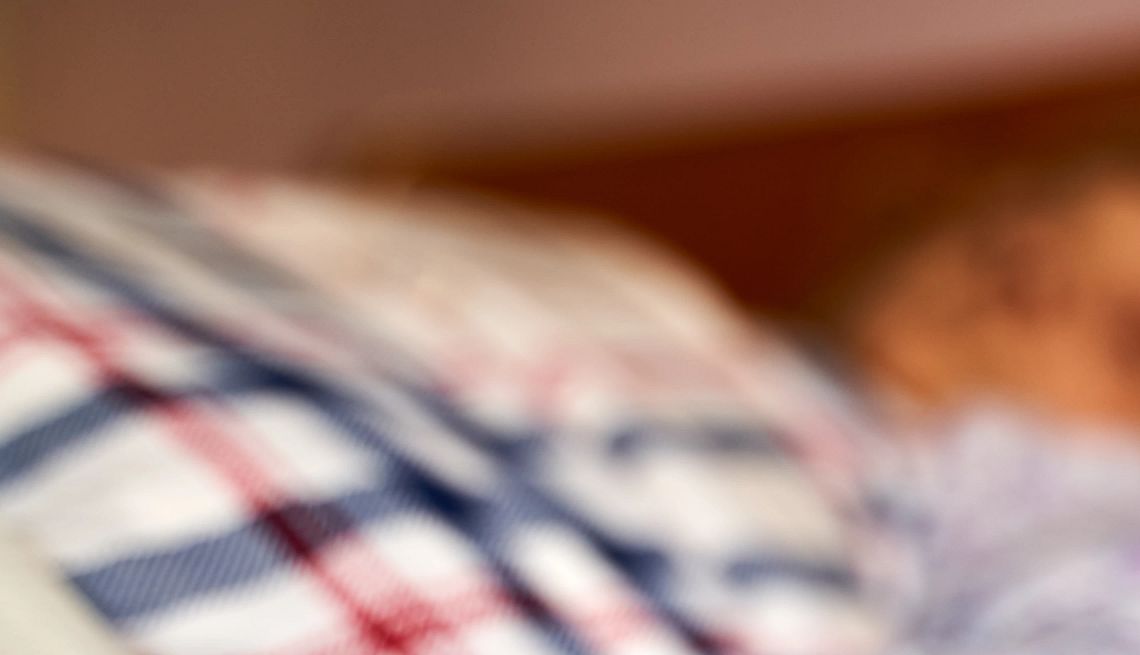AARP Hearing Center


If you care for an older person who is bedridden or spends most of the time sitting, you need to be vigilant about bedsores.
Also called pressure sores, pressure ulcers or decubitus ulcers, these wounds develop when something is constantly rubbing or pressing against the skin, causing the skin to break down.
“Pressure sores can get very deep and significantly decrease someone’s quality of life,” says Emily Zhou, M.D., a clinical assistant professor of medicine at New York University and geriatrician at NYU Langone Health.
Besides appearance, bedsores have other telltale signs. The skin might feel warm, look swollen and smell bad. In the advanced stage, they can cause fever, chills and confusion and lead to life-threatening problems.
What causes bedsores?
Pressure ulcers can happen to anyone who sits or lies in the same position for long periods of time with continuous pressure on the same area. Bedsores can escalate quickly and cause significant pain.
While young people can lie in the bed and watch Netflix all day, “older adults ... make less collagen, a protein that helps build the connective tissues in our body,” Zhou says. “Overall, the skin of an older adult is thinner, weaker and less elastic, which puts someone at higher risk for tears, pressure sores (and) bruising.”
Older adults also have increased pressure on their skin.
“You lose that protective fat pad under the skin,” says Rebecca Conant, M.D., a geriatrician and founding director of the University of California San Francisco Care at Home Program. Urinary or fecal incontinence, which is more common in older adults, can raise the risk for pressure ulcers if the area is not cleaned and cared for properly. Other factors that can raise risk in older adults include poor circulation, certain health conditions, poor nutrition and dehydration.
What do bedsores look like?
Pressure sores crop up in spots where the bone is close to the skin, such as the tailbone, heels or any spot that absorbs constant pressure. What bedsores look like depends on the stage.
Stage 1. An early stage pressure sore may simply look like a bruise that doesn’t go away. On light skin, it could be red or pink. On darker skin, it might be blue, purple or brown. It keeps its color when you press on it. Your loved one may say that it burns or itches, and the area may be warm to the touch.































































More From AARP
Is It Healthy for Older People to Be Overweight?
A doctor explains why weighing too little can be dangerous for your healthHow to Be a Caregiver for Someone With Dementia
It’s a tough job, but there may be more help than you thinkHow to Find a Caregiver Support Group That Meets Your Needs
In-person and online communities can offer valuable help
Durable Medical Equipment Fraud
Find out how to protect yourself and your loved ones against medical device scams and other fraudulent schemes
Recommended for You